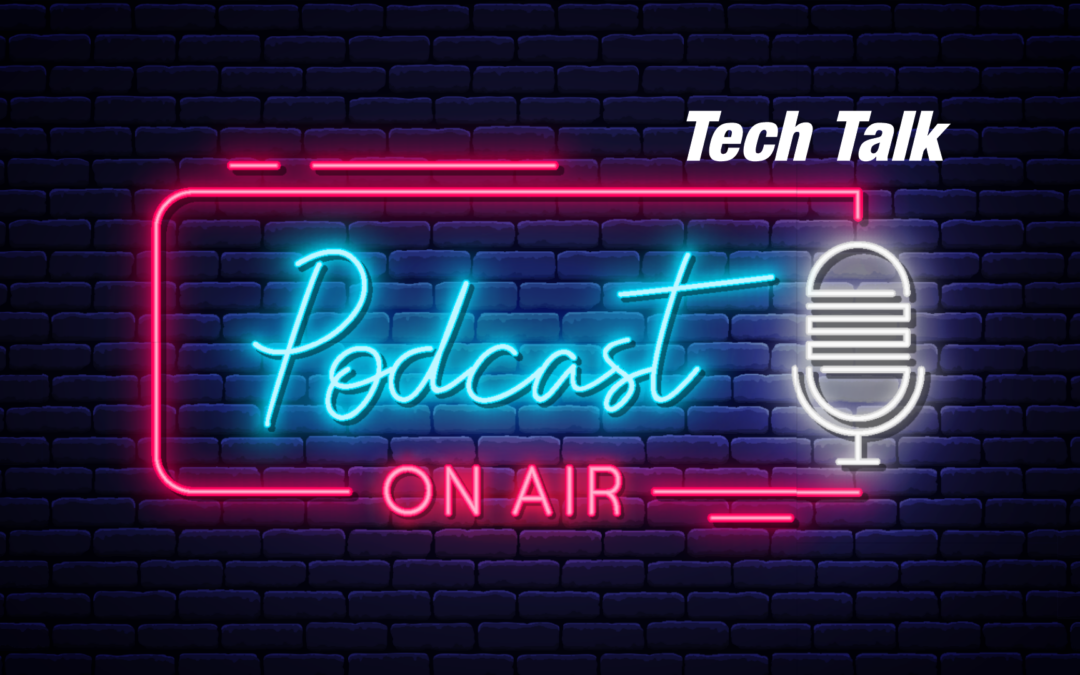Volume Versus Gain – Know The Difference
As a podcaster, achieving optimal audio quality is paramount to delivering a professional and engaging listening experience for your audience. Two essential concepts in audio engineering that play a crucial role in this process are “gain” and “volume.” In this guide, we’ll delve into the differences between these terms and explore how mastering them can enhance the quality of your podcast audio.
Gain: The Gateway to Clean Signals
Definition: Gain, often expressed in decibels (dB), refers to the amplification of the input signal. In podcasting, this is typically associated with adjusting the strength of the audio signal at the microphone or audio interface.
Use in Podcasting:
- Microphone Input: Adjusting the gain on your microphone preamp or audio interface is crucial to capturing a strong and clear signal. Too little gain can result in a weak signal, making your voice difficult to hear. On the other hand, excessive gain may lead to distortion or clipping, degrading the quality of your audio and may allow ambient noise to dominate.
Tips for Setting Gain:
- Aim for a strong signal without clipping.
- Use headphones to monitor your audio while adjusting gain.
- Find the sweet spot that captures your voice clearly while minimizing background noise.
- In settings where ambient noise is an issue, you may have to use a low gain setting and get very close to the mic.
Volume: Shaping the Listener Experience
Definition: Volume, measured in arbitrary units or percentages, determines the perceived loudness of the audio output. It’s associated with the controls on your mixer, audio interface, or recording software.
Use in Podcasting:
- Mixing and Editing: Volume controls on your mixer or software allow you to balance the levels of different audio tracks. This is crucial when combining voice recordings, music, or sound effects to create a polished and well-mixed podcast episode.
- Output Control: The volume control on your playback device or podcast hosting platform influences how loudly your audience hears your podcast.
Tips for Setting Volume:
- Use consistent volume levels across episodes for a professional listening experience.
- Pay attention to the balance between voice, music, and effects during the editing process.
- Preview your podcast at different volume levels to ensure clarity and impact.
Finding the Balance
Achieving the perfect balance between gain and volume is key to producing a podcast that captivates your audience. Here are some additional tips:
- Monitoring is Key: Invest in a good pair of headphones to monitor your audio while recording and editing. This allows you to catch any issues with gain or volume early in the process.
- Test and Adjust: Experiment with different gain and volume settings during test recordings. This will help you identify the optimal levels for your specific setup.
- Post-Processing: Consider using post-processing tools to refine your audio further. Compression and equalization can be applied to enhance the overall sound quality.
- Consistency Matters: Maintain consistent levels throughout your podcast episodes. This ensures a seamless listening experience for your audience.
Simply put – Gain controls the input level to a microphone and volume controls the output level.
By mastering the concepts of gain and volume in podcasting, you empower yourself to create professional and polished content that resonates with your audience. Experiment, listen critically, and refine your approach to unlock the full potential of your podcast’s audio quality.

